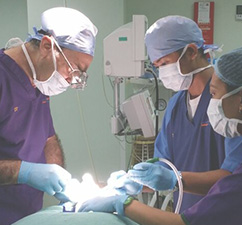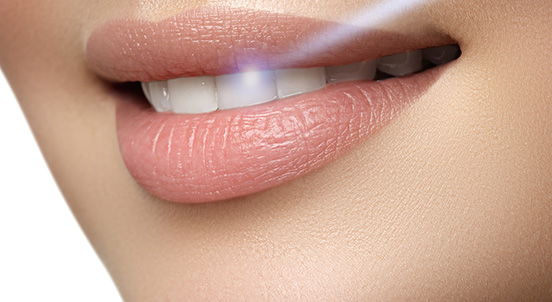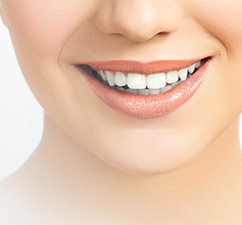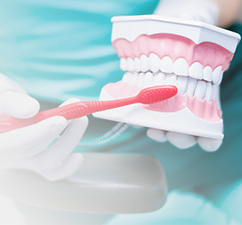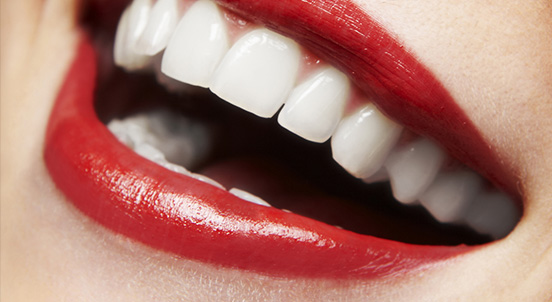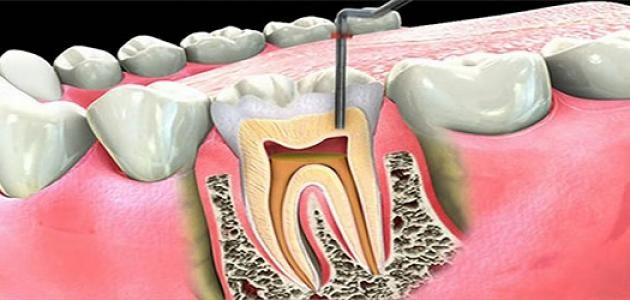Brief about orthodontics
A brief about orthodontics
Orthodontics is one of the specialties of dentistry that deals with correction of teeth alignment and fixing malocclusion. The teeth shape has a huge effect on the external appearance, speech problems, chewing, as well as its importance in oral care. After the loss of the deciduous teeth, the permanents start erupting, and sometimes problems in the alignment take place between the upper and lower jaw. In most ...
A brief about orthodontics
Orthodontics is one of the specialties of dentistry that deals with correction of teeth alignment and fixing malocclusion. The teeth shape has a huge effect on the external appearance, speech problems, chewing, as well as its importance in oral care. After the loss of the deciduous teeth, the permanents start erupting, and sometimes problems in the alignment take place between the upper and lower jaw. In most ...


